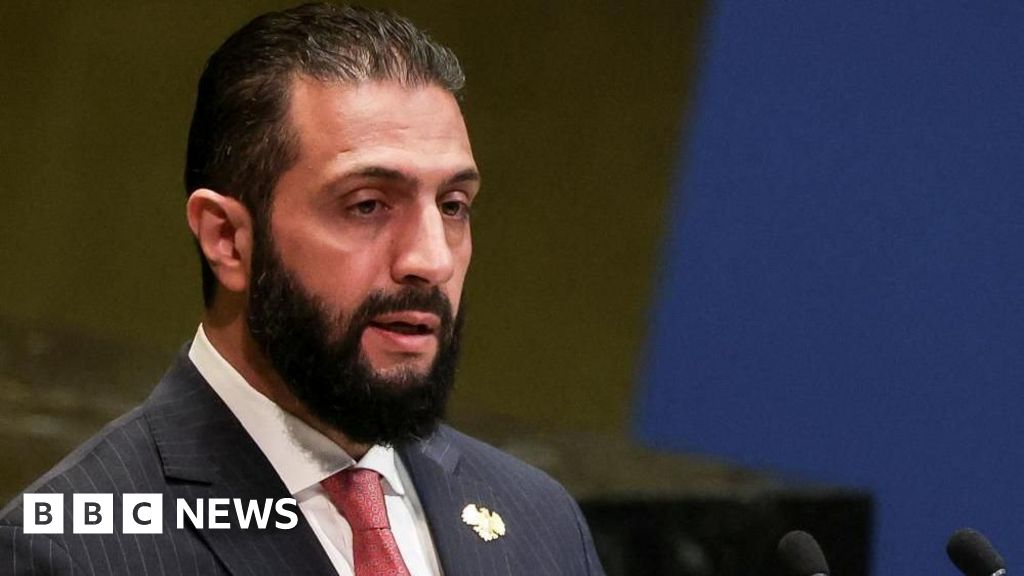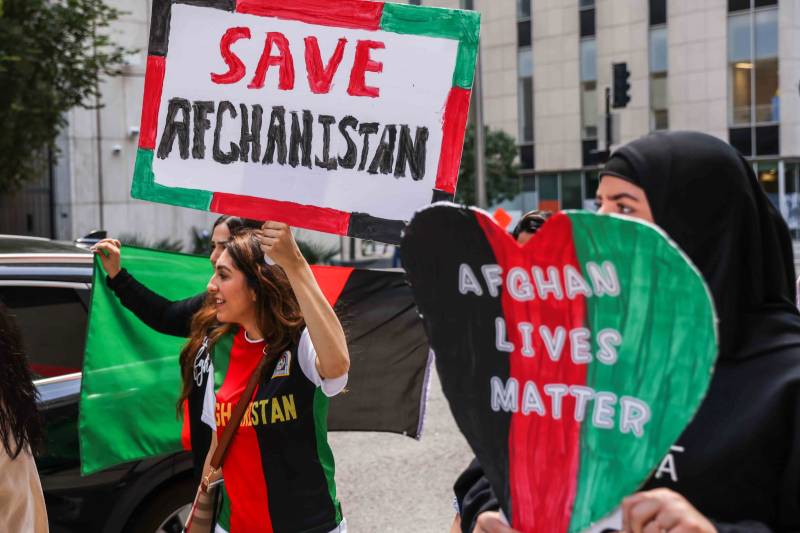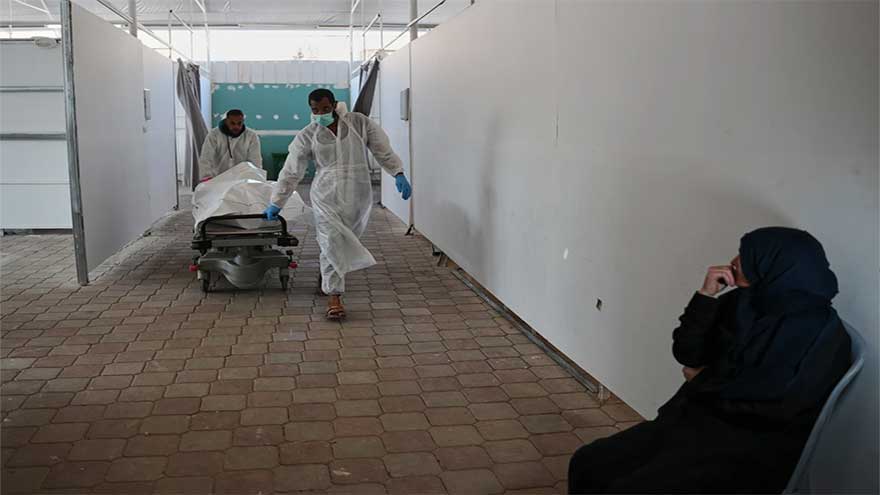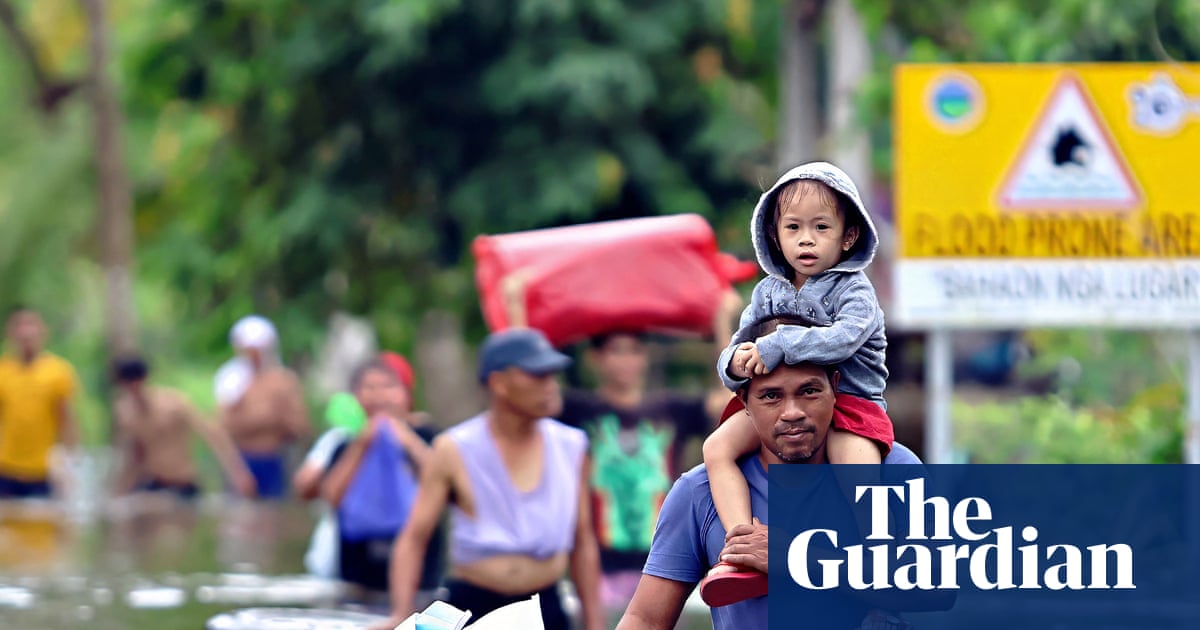- China suspends ban on exports of gallium, germanium, antimony to US Reuters
- China ends tech metal ban following Xi-Trump summit in Korea TRT World
- China’s Rare Earths Strategy: Implications for Trump’s Plans to Roll Back Restrictions
Category: 2. World
-
China suspends ban on exports of gallium, germanium, antimony to US – Reuters
-

Syria’s Sharaa arrives in US for Trump talks after sanctions lifted
Syrian President Ahmed Sharaa has arrived in Washington for an official visit, just two days after the US formally revoked his status as a Specially Designated Global Terrorist.
The former Islamist militant will meet US President Donald Trump at…
Continue Reading
-

UN report reveals Taliban misrule drives Afghanistan deeper into poverty
Afghanistan is facing a severe socio-economic collapse as the Taliban regime’s oppressive policies, administrative failures, and public hostility have driven the nation into unprecedented decline.
According to the 24NewsHD TV channel report,…
Continue Reading
-

Gaza death toll tops 69,000 as Israel and Hamas again exchange remains
KHAN YOUNIS, Gaza Strip (AP) — More than 69,000 Palestinians have been killed in the Israel-Hamas war so far, Gaza health officials said Saturday, as both sides completed the latest exchange of bodies under the…
Continue Reading
-

More than 100,000 evacuated in the Philippines as Fung-wong intensifies into super typhoon | Philippines
More than 100,000 people have been evacuated from eastern and northern regions of the Philippines as the latest storm to hit the country – Fung-wong – intensified on Sunday into a super typhoon before its expected arrival later in the day.
Continue Reading
-
Israeli forces martyr 3 Palestinians including child in Gaza – RADIO PAKISTAN
- Israeli forces martyr 3 Palestinians including child in Gaza RADIO PAKISTAN
- Death toll in Gaza tops 69,000; Hamas retrieves body of Israeli soldier Al Jazeera
- Evening recap Middle East Eye
- Ex-top IDF Lawyer, Under House Arrest, Hospitalized Amid…
Continue Reading
-

Türkiye develops plans to increase its aid to Gaza: Erdoğan
ANKARA
Türkiye is exerting intense efforts to deliver humanitarian aid to the civilians in Gaza and expanding its plans accordingly, President Recep Tayyip Erdoğan has said, criticizing Israel for blocking the…
Continue Reading
-

China suspends ban on exports of gallium, germanium, antimony to US
BEIJING (Reuters) -China has suspended a ban on approving exports of “dual-use items” related to gallium, germanium, antimony and super-hard materials to the U.S., the commerce ministry said on Sunday.
The suspension takes…
Continue Reading
-
Making sense of Trump’s nuclear sabre rattling
The Heritage Foundation document clearly identifies ‘Communist China’ as the US’s main adversary with the potential to overtake it in terms of nuclear weapons. “Beijing presents a challenge to American interests across the domains of…
Continue Reading
-
Super typhoon threatens the Philippines, still reeling from recent storm that killed more than 200 – The Washington Post
- Super typhoon threatens the Philippines, still reeling from recent storm that killed more than 200 The Washington Post
- Typhoon Fung-wong bears down on the Philippines after deadly Kalmaegi BBC
- Philippines halts search for typhoon dead as huge new…
Continue Reading